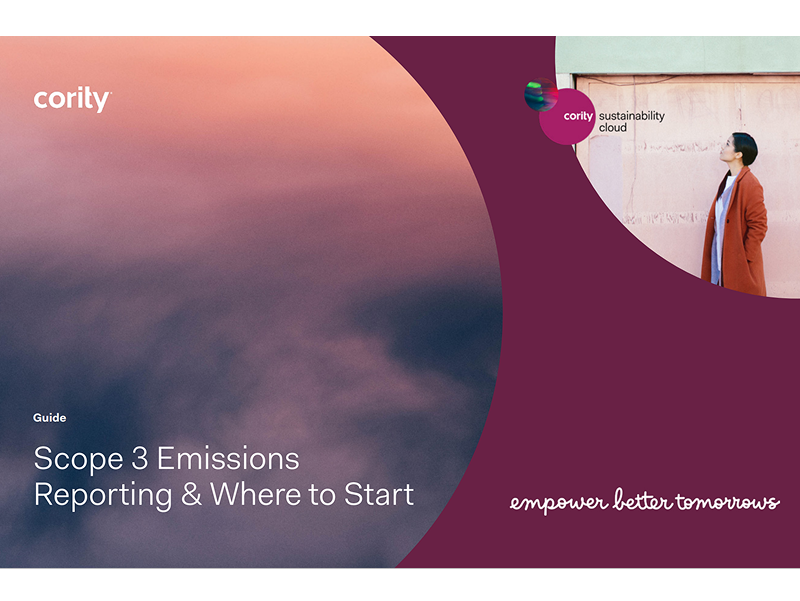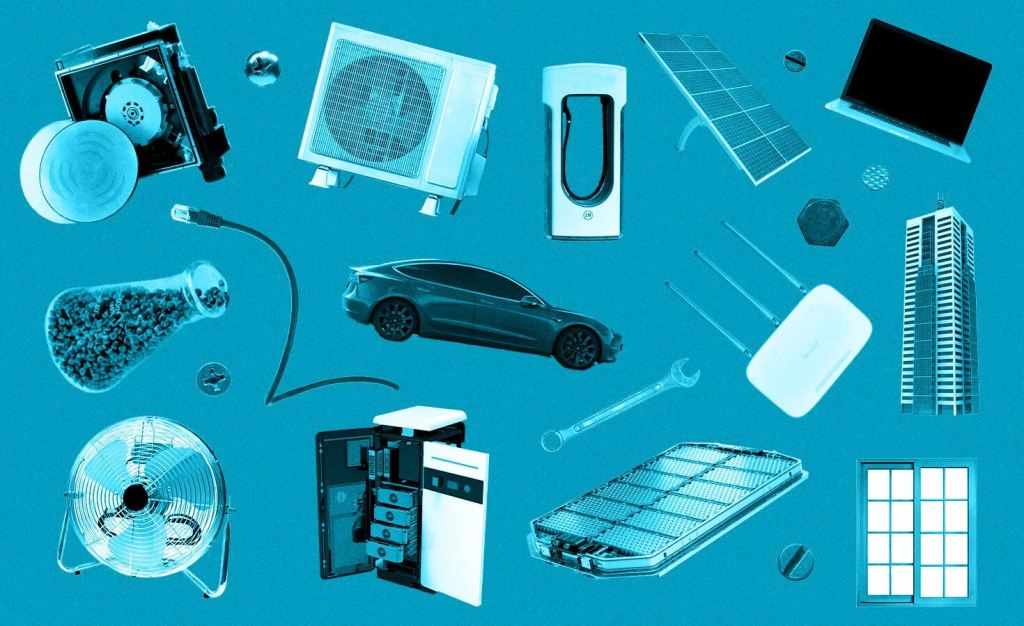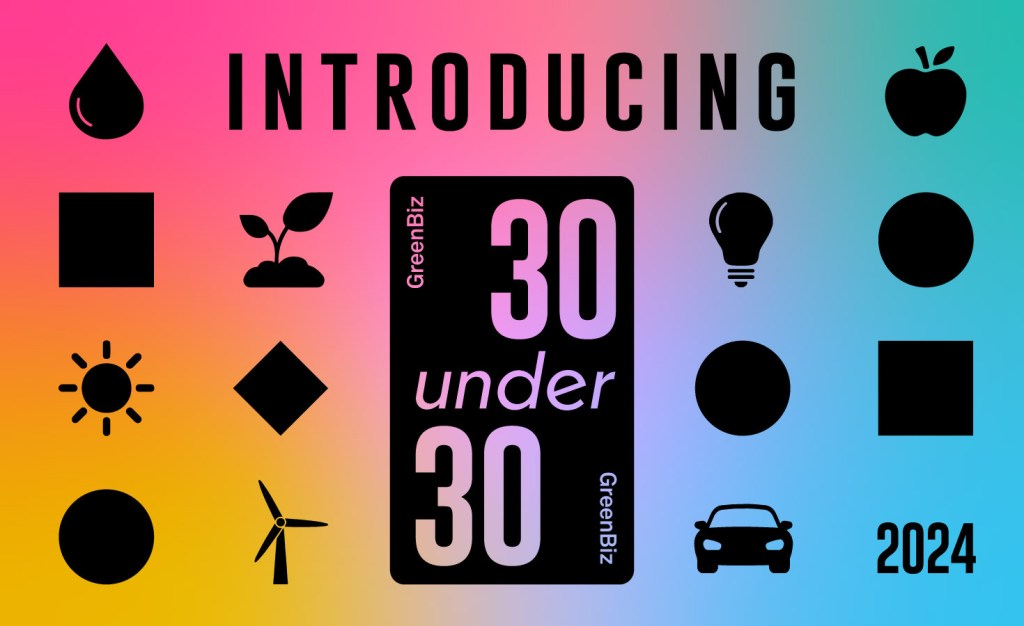Climeworks’ recipe for winning over local skeptics includes breakfast and BBQ
The carbon removal company wants to build a megaton facility in tiny Vinton, Louisiana. How it's navigating local concerns offers up important lessons. Read More

Alongside many millions of dollars, government permits and technological advances, an essential ingredient in building a carbon removal project may just be BBQ dinners and hearty breakfasts.
The need for both became apparent when Lesley Matthews took her first drive around Vinton, a town of 3,000 people in northwest Louisiana. Just south of town, Gray Road runs through fields and across canals. The place attracts people who appreciate the country, she recalls thinking. The land around, however, is zoned as industrial and Matthews’ employer, carbon removal company Climeworks, intends to build its largest facility yet just a mile away. “There’s potential for tension,” she thought to herself.
Matthews, whose title is senior stakeholder engagement manager, had reason to be concerned. Climeworks uses direct air capture to pull carbon dioxide from the atmosphere and store it deep underground, a process environmental groups have long claimed provides the fossil fuel industry with a license to prolong emissions. Resistance to the technology was heightened in 2020, when a landslide ruptured a pipeline carrying captured carbon dioxide through Satartia, Mississippi. Two hundred people were evacuated and 45 hospitalized. These and other factors have led to community pushback that threatens the future of related projects, including a scheme to capture and store emissions from a chemical plant near New Orleans.
In Vinton, Climeworks is planning an initial 30-acre facility designed to pull down a maximum of 300,000 tons of carbon dioxide annually. If that goes well, the project will be expanded to a million-ton annual capacity. The captured carbon dioxide will be transported by partner company CapturePoint to a nearby site, where it will be injected into wells for storage two miles underground. Operations could begin in late 2027.
Stem the misinformation
After 27 years of working on community engagement for government and the private sector, Matthews knew she had to get local people involved. But efforts to do so had not begun well. Around a year ago, several months before it announced a $50 million contract with Climeworks and partners, the Department of Energy(DoE) held an open house to let local communities know what was planned. Attendees had lots of questions. Some worried about extending the life of fossil fuels. Others had local concerns about traffic, noise and the potential for the carbon dioxide to leak from site. But with the first contract still months away, Matthews and others present weren’t ready to answer them in detail.
“That’s where I was, ‘Oh no’,” she said. “If there isn’t a voice, the vacuum is quickly going to be filled with misinformation and fear.”
Matthews decided to focus on Gray Road, the closest community to the proposed facility. She mailed residents information on Climeworks’ plans and asked them to save the date for another open house. That’s when she discovered further problems. Some residents were conflating her work with an unrelated DoE project they disliked, including a local elected official who “called to tear a strip” off her. Other hadn’t known the land had been rezoned and were angry, even though the decision was made before Climeworks became involved.
Despite the multiple misunderstandings, Matthews sees the moment when she made direct contact with residents as a turning point. She responded to the elected official by inviting him to breakfast. “I said I want to understand what’s going on for you,” she recalled. She organized an open house in Lake Charles, just over 30 miles from Vinton, that attracted 60 people. Realizing some from Vinton couldn’t make it, she hosted another session at a recreational center in town. Locals recommended The Hut, a BBQ place in nearby Sulphur; Matthews ordered food from there for the meeting. It was a Sunday night and she was warned not to try to compete with football, but around 16 people attended and it went “great,” said Matthews.
On the record
At the meetings, Matthews and other project members shared details of their plans and answered concerns about noise, pollution risks and other issues. She says she encouraged attendees to let the DoE know of their concerns, because that ensures the questions are recorded and commits project partners to addressing them. The goal is to avoid having the DoE mandate a solution, however. Matthews hopes that by altering Climeworks engineers to local concerns, the company can adjust its plans to lessen impact. “You have more control if you can negotiate a solution than have it arbitrated,” she said. “If you rely on an external party that doesn’t know how facility works you will have a sub-optimal solution.”
Matthews also emphasizes the opportunities the facility will bring. The project is predicted to create more than 450 new jobs across the local area and an additional 800 construction roles. Once a staffing plan is developed, Climeworks will offer training and prioritize local people when opportunities occur. Matthews is putting together a list of local suppliers, including those from under-represented communities, and will coordinate with the procurement team at Climeworks. “Workplace development is a big piece,” she said.
The project will have to clear many more hurdles before operations begin, but the outreach may be lowering the risk that community opposition will be one of them. Misty Wilfer is a Gray Road resident who describes herself as “chicken farmer, landlord, wife and grandmother.” She moved to the area to be in the country, as she said her neighbors did. They would not choose to have a direct air capture facility built nearby, she added, but appreciates the way Climeworks is working with her.
“They’ve been on constant emails.” she said. “Any question I have they answer. I like that Climeworks is working with us more than against us. I’m from business world, I know that if someone wants to play hardball they can.”
[Discover innovative solutions to advance your decarbonization goals at GreenBiz 25, February 10-12, Phoenix, AZ.]













